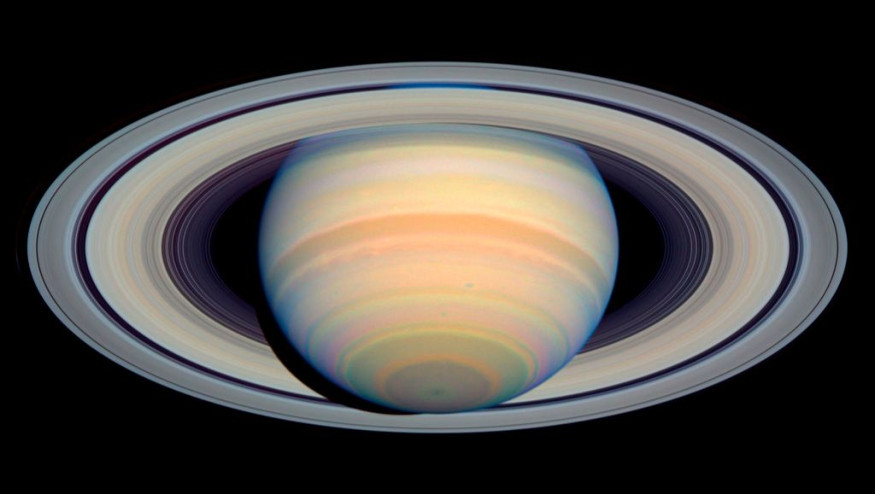
Earth, our seemingly ordinary planet, might have been a lot more dazzling 466 million years ago during the Ordovician Period.
New research suggests that Earth could have sported a temporary ring system-similar to the iconic rings of Saturn-that may explain both a mysterious spike in meteorite impacts and a dramatic global cooling event.
Asteroid Breakup May Have Created Earth's Forgotten Ring of Debris
Scientists have long wondered about the unusually high number of meteorite impacts during the Ordovician Period, with craters clustered near Earth's equator. This pattern puzzled researchers, as impacts are usually scattered more randomly.
A team led by geologist Andrew Tomkins from Monash University in Australia has proposed a bold hypothesis: the impacts came from a ring of debris orbiting Earth.
When celestial objects venture too close to a planet, they cross what scientists call the Roche limit-the point where a planet's gravity tears them apart, CNN said.
According to Tomkins, a large asteroid about 7.5 miles wide may have strayed into Earth's Roche limit, breaking into rubble that formed a ring. This ring of debris, orbiting along Earth's equator, would explain why so many craters from that era are located in that region.
The researchers identified 21 craters from the Ordovician Period, all within 30 degrees of the equator. Given that only 30% of the Earth's surface at the time could preserve craters, this concentration is statistically unlikely to be random.
Additionally, geological deposits from that era contain high levels of L-type chondrite, a material commonly found in asteroids. These deposits suggest the asteroid that formed the ring had been orbiting in space long enough to be weathered by cosmic radiation before breaking apart near Earth.
Earth's Possible Ring to Evolution of Life During Ice Age
The potential ring system may also explain one of Earth's coldest periods, the Hirnantian Age, about 445 million years ago. Scientists believe the ring could have cast a shadow over the planet, blocking sunlight and cooling Earth's climate.
Alternatively, dust and debris from frequent meteorite impacts may have created a similar effect, reducing global temperatures.
This cooling event likely shaped the evolution of life, as organisms adapted to the harsh climate.
While Saturn's rings have lasted billions of years, Earth's would have been fleeting, dissipating after 20 to 40 million years. The constant collisions between particles in the ring would have sent debris hurtling back to Earth or out into space.
According to Extreme Tech, the study opens the door to further investigation into Earth's ancient history. Tomkins and his team hope to uncover more evidence of the supposed ring system, including its structure and how long it persisted.
By understanding how these events shaped Earth's climate and evolution, scientists might gain new insights into the forces that drive life on our planet.
For now, the idea of Earth once having its own spectacular ring system adds a fascinating chapter to the story of our ever-changing planet.
© 2025 NatureWorldNews.com All rights reserved. Do not reproduce without permission.





